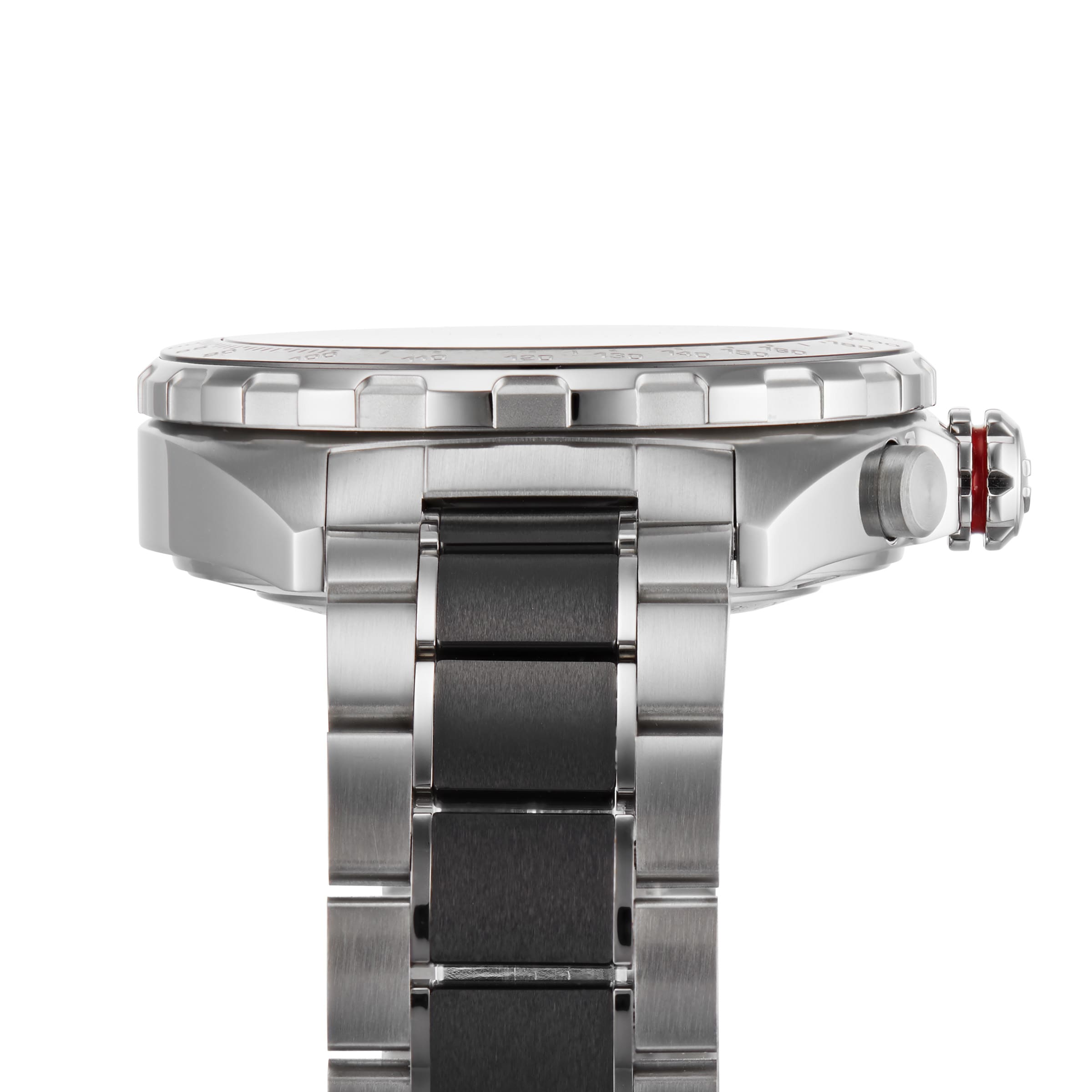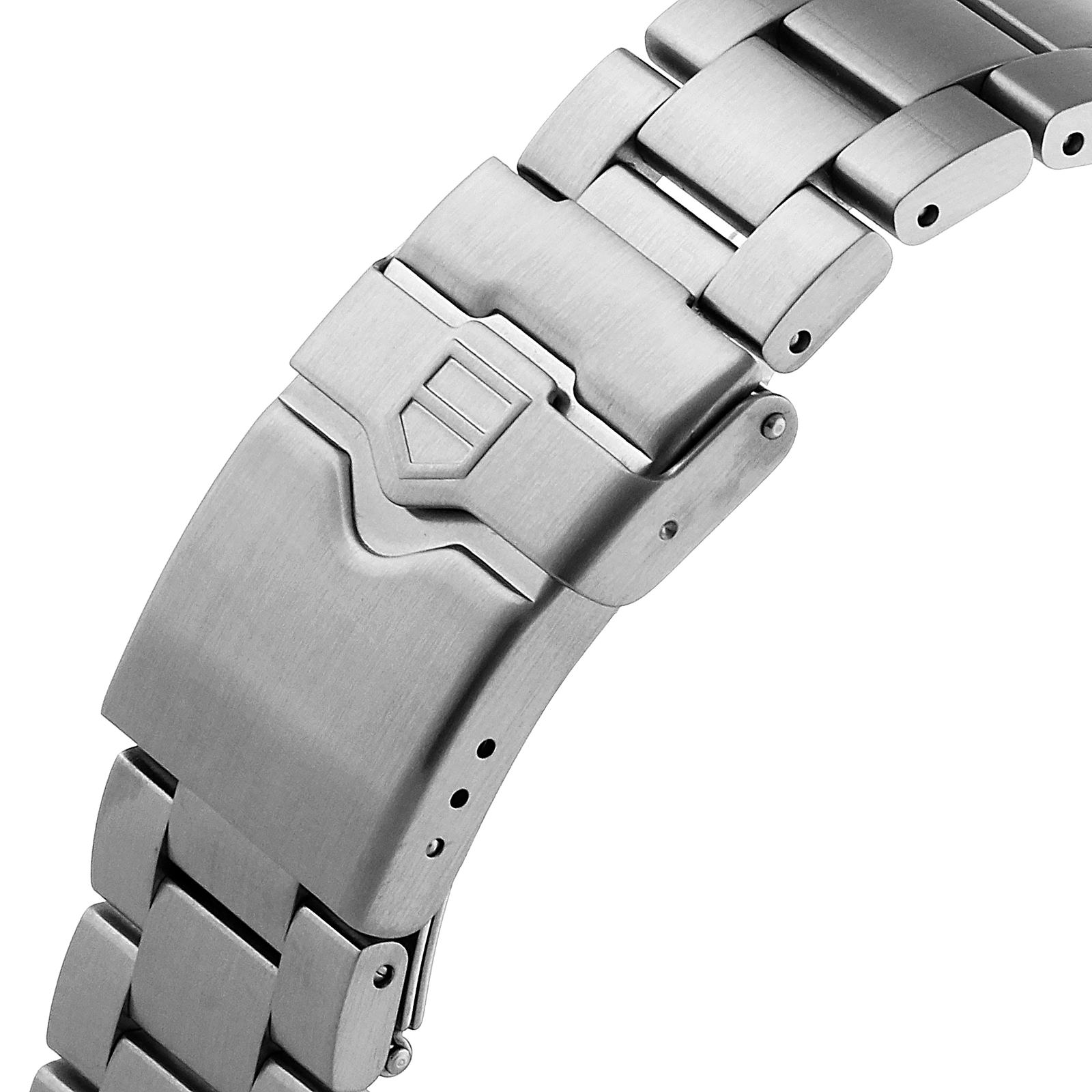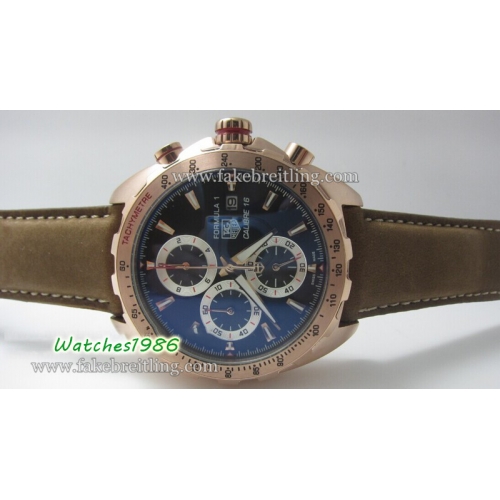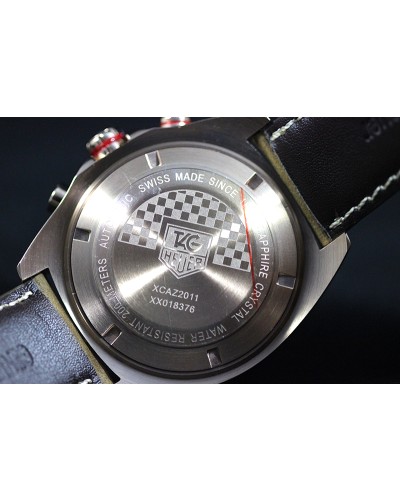

Whether that means you’re spending a few hours outdoors each day, or using a UV torch deliberately before leaving the house, there’s a level of effort there which isn’t necessarily matched by enough reward to my mind. For each fleeting moment you may need to check the time in the dark without looking at your phone, you’ll have to make sure that your watch has had adequate UV exposure to charge it up. The idea of anything glow-in-the-dark is simple and genius, but there are caveats. There’s nothing wrong with that at all, as with any part of our personal style, but thinking it’s anything more than that is sort of like buying a GoPro and believing you’ll become a master of parkour.

Just like buying supplies from a craft store gives you the illusion of productivity, buying a tool watch is only a reflection of the person who you’d like to be. Field watches might get taken camping once a year, pilot’s watches pale in comparison to modern navigation instruments, and the average dive watch doesn’t venture further than a few feet beneath the waves.

It’s no secret that for most of us, the idea of a tool watch is purely romantic. But I keep asking myself, is it actually necessary? Let’s break it down.

Now we have access to microbrand watches that have cascades of blinding lume, even in different colours. From the dark past of the radioactive compounds to the modern safety and longevity of Super-LumiNova, it’s quite impressive how far things have come. This goes to show how intertwined the idea of luminous markings and watchmaking really are, as the industry has been a constant point of innovation for the technology. Radium was discovered by Marie Curie in 1898, and it was already showing up on the dials of wristwatches by the early 1900s. I/trending 7128 We glow with the flow, but is lume really necessary? Fergus Nash


 0 kommentar(er)
0 kommentar(er)
